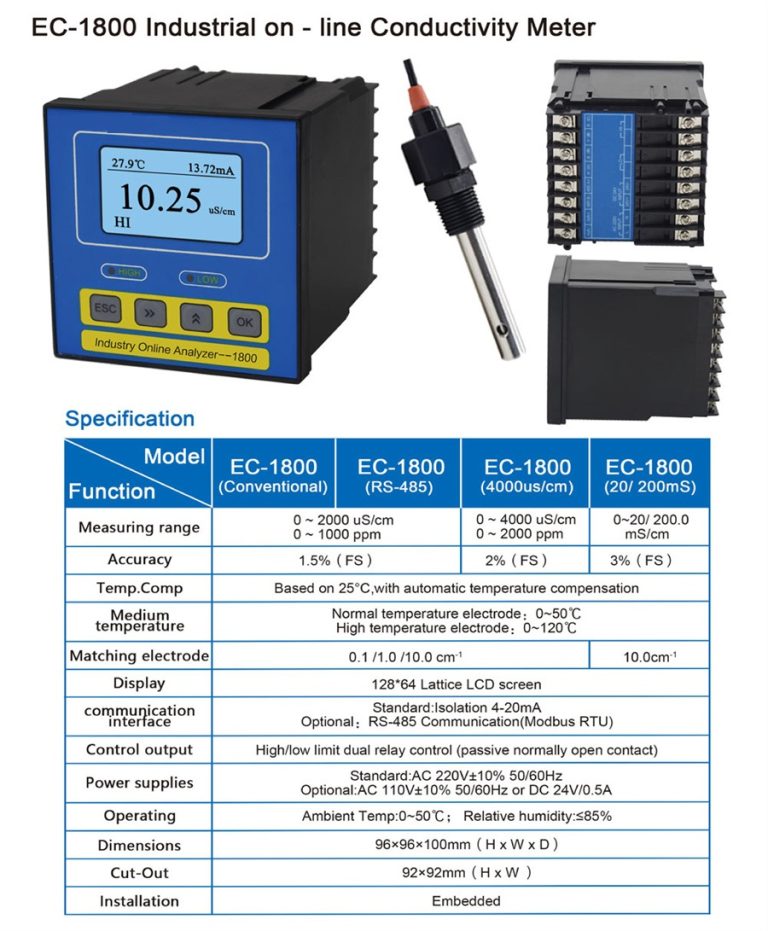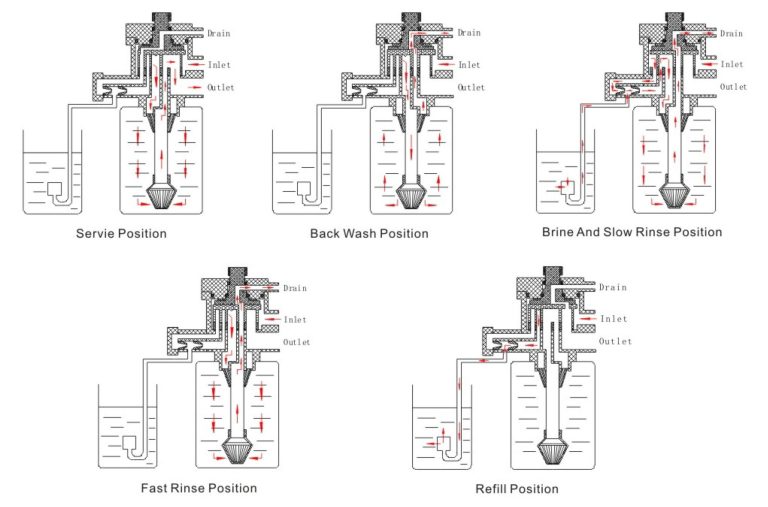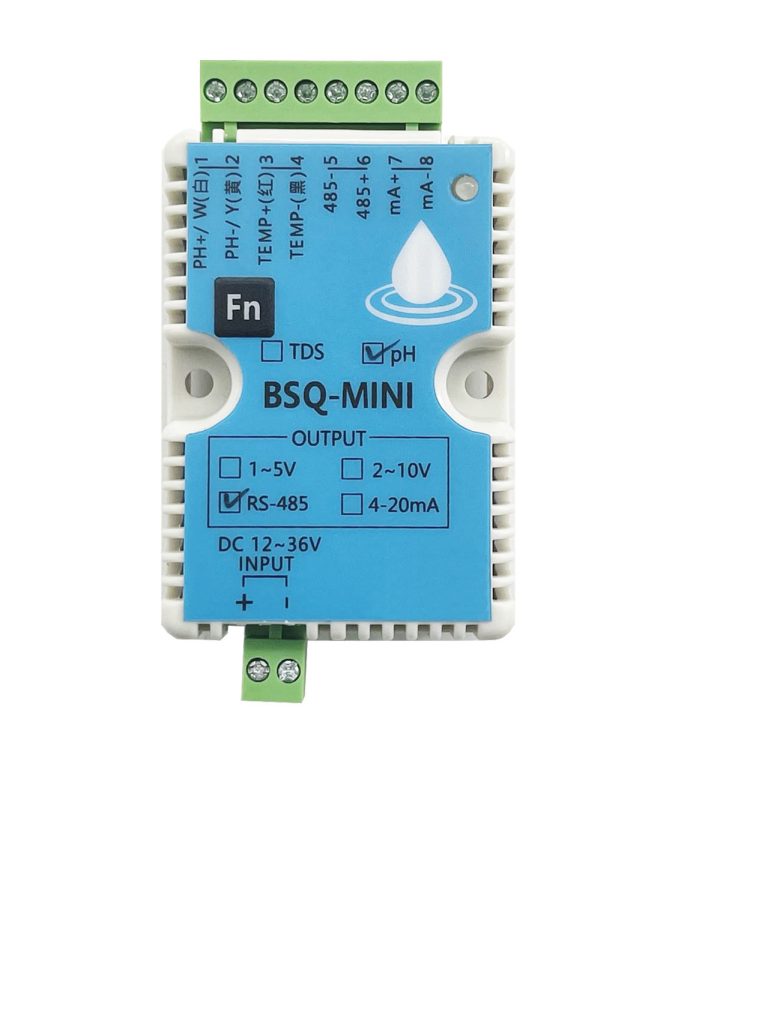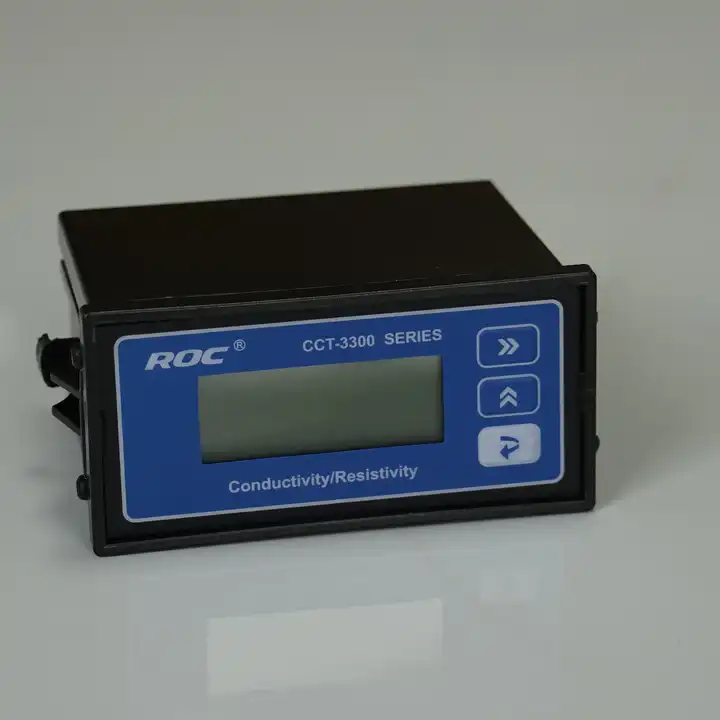“أنظمة التناضح العكسي: توفير المياه النظيفة بأقل استهلاك للكهرباء.”
أهمية الكهرباء في أنظمة التناضح العكسي
الإجابة المختصرة هي نعم، تتطلب أنظمة التناضح العكسي الكهرباء لتعمل بشكل صحيح. في حين أن العملية الفعلية للتناضح العكسي لا تعتمد على الكهرباء، فإن النظام ككل يعتمد على الكهرباء. وذلك لأن أنظمة التناضح العكسي تتضمن عادةً عددًا من المكونات التي تتطلب الكهرباء لتشغيلها.
أحد المكونات الرئيسية لنظام التناضح العكسي الذي يتطلب الكهرباء هو مضخة المياه. المضخة مسؤولة عن دفع الماء عبر الغشاء بضغط مرتفع، وهو أمر ضروري لحدوث عملية الترشيح. بدون المضخة، لن يتمكن الماء من التدفق عبر الغشاء بشكل فعال، ولن يتمكن النظام من إنتاج مياه نظيفة ونقية.
بالإضافة إلى مضخة المياه، تشتمل أنظمة التناضح العكسي أيضًا عادةً على عدد من المكونات الأخرى التي تتطلب الكهرباء. قد تشمل هذه المرشحات مرشحًا أوليًا، ومرشحًا لاحقًا، وخزانًا للتخزين. يلعب كل مكون من هذه المكونات دورًا حاسمًا في الوظيفة العامة للنظام، وبدون الكهرباء، لن يتمكنوا من أداء وظائفهم المقصودة.
في حين أنه من الصحيح أن أنظمة التناضح العكسي تتطلب الكهرباء لتشغيلها، إلا أنه من المهم لاحظ أنها عمومًا موفرة للطاقة تمامًا. تعتبر كمية الكهرباء اللازمة لتشغيل نظام التناضح العكسي منخفضة نسبيًا، خاصة عند مقارنتها بطرق تنقية المياه الأخرى. وهذا يعني أن تكلفة تشغيل نظام التناضح العكسي عادة ما تكون منخفضة جدًا، مما يجعله خيارًا ميسور التكلفة للعديد من أصحاب المنازل.
بالإضافة إلى كونها موفرة للطاقة، فإن أنظمة التناضح العكسي أيضًا فعالة للغاية في إزالة مجموعة واسعة من الملوثات من ماء. يتضمن ذلك أشياء مثل الكلور والرصاص والبكتيريا والشوائب الأخرى التي يمكن أن تكون ضارة بصحة الإنسان. باستخدام نظام التناضح العكسي، يمكن لأصحاب المنازل التأكد من أن مياه الشرب الخاصة بهم نظيفة وآمنة وخالية من الملوثات الضارة.
ومن المزايا الأخرى لأنظمة التناضح العكسي أنها سهلة الصيانة نسبيًا. في حين أن النظام يتطلب الكهرباء لتشغيله، فإن متطلبات الصيانة ضئيلة. في معظم الحالات، كل ما هو مطلوب هو إجراء تغييرات منتظمة على الفلتر والتنظيف العرضي لمكونات النظام. وهذا يجعل أنظمة التناضح العكسي خيارًا مناسبًا وخاليًا من المتاعب لأصحاب المنازل الذين يرغبون في التأكد من أن مياه الشرب الخاصة بهم نظيفة وآمنة. غير مريح. تتميز هذه الأنظمة بفعالية عالية في إزالة الملوثات من المياه، كما أنها موفرة للطاقة، كما أنها سهلة الصيانة. لأصحاب المنازل الذين يبحثون عن طريقة موثوقة وبأسعار معقولة لتنقية مياه الشرب الخاصة بهم، يعد نظام التناضح العكسي خيارًا ممتازًا.
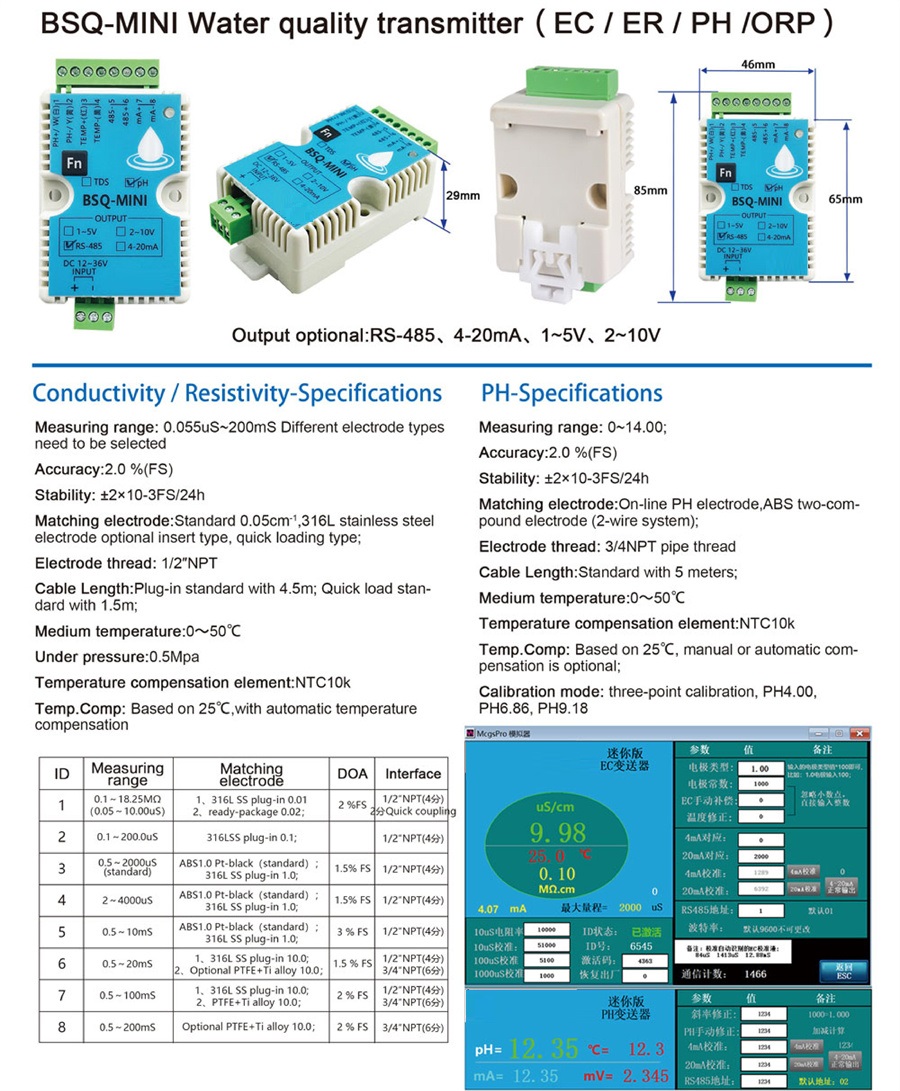
The short answer is yes, reverse osmosis systems do require electricity to function properly. While the actual process of reverse osmosis does not rely on electricity, the system as a whole does. This is because reverse osmosis systems typically include a number of components that do require electricity to operate.
One of the main components of a reverse osmosis system that requires electricity is the water pump. The pump is responsible for pushing water through the membrane at a high pressure, which is necessary for the filtration process to occur. Without the pump, water would not be able to flow through the membrane effectively, and the system would not be able to produce clean, purified water.
In addition to the water pump, reverse osmosis systems also typically include a number of other components that require electricity. These may include a pre-filter, a post-filter, and a storage tank. Each of these components plays a crucial role in the overall function of the system, and without electricity, they would not be able to perform their intended functions.
While it is true that reverse osmosis systems do require electricity to operate, it is important to note that they are generally quite energy-efficient. The amount of electricity needed to run a reverse osmosis system is relatively low, especially when compared to other water purification methods. This means that the cost of operating a reverse osmosis system is typically quite low, making it an affordable option for many homeowners.
In addition to being energy-efficient, reverse osmosis systems are also highly effective at removing a wide range of contaminants from water. This includes things like chlorine, lead, bacteria, and other impurities that can be harmful to human health. By using a reverse osmosis system, homeowners can ensure that their drinking water is clean, safe, and free from harmful contaminants.
Another benefit of reverse osmosis systems is that they are relatively easy to maintain. While the system does require electricity to operate, the maintenance requirements are minimal. In most cases, all that is needed is regular filter changes and occasional cleaning of the system components. This makes reverse osmosis systems a convenient and hassle-free option for homeowners who want to ensure that their drinking water is clean and safe.
In conclusion, while reverse osmosis systems do require electricity to operate, the benefits they provide far outweigh this minor inconvenience. These systems are highly effective at removing contaminants from water, are energy-efficient, and are easy to maintain. For homeowners looking for a reliable and affordable way to purify their drinking water, a reverse osmosis system is an excellent choice.

